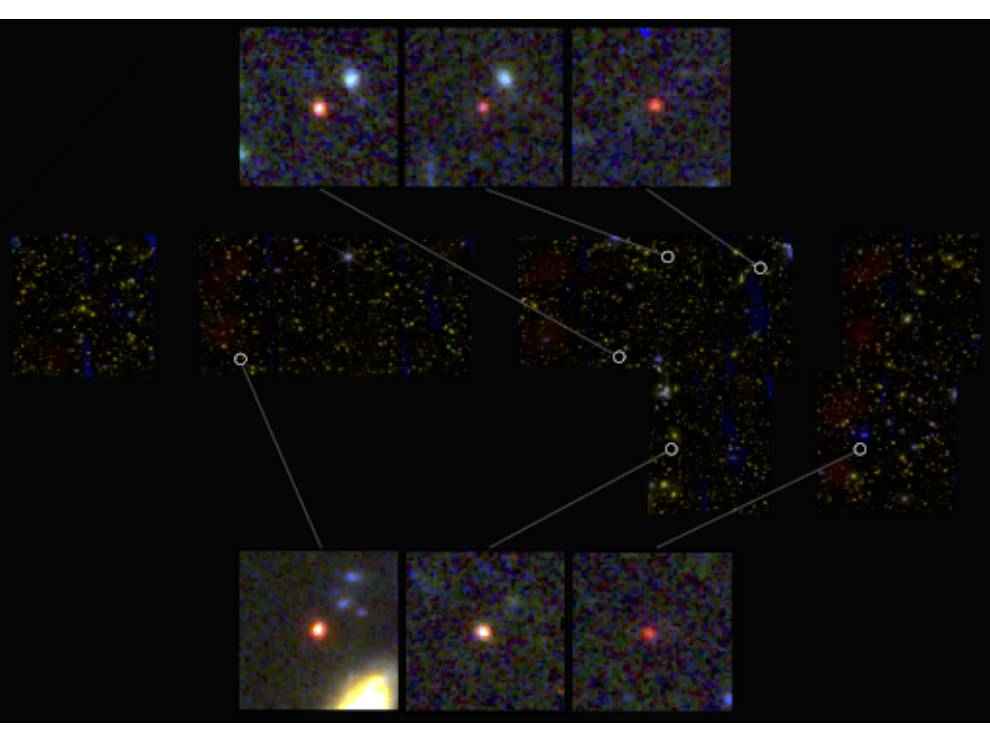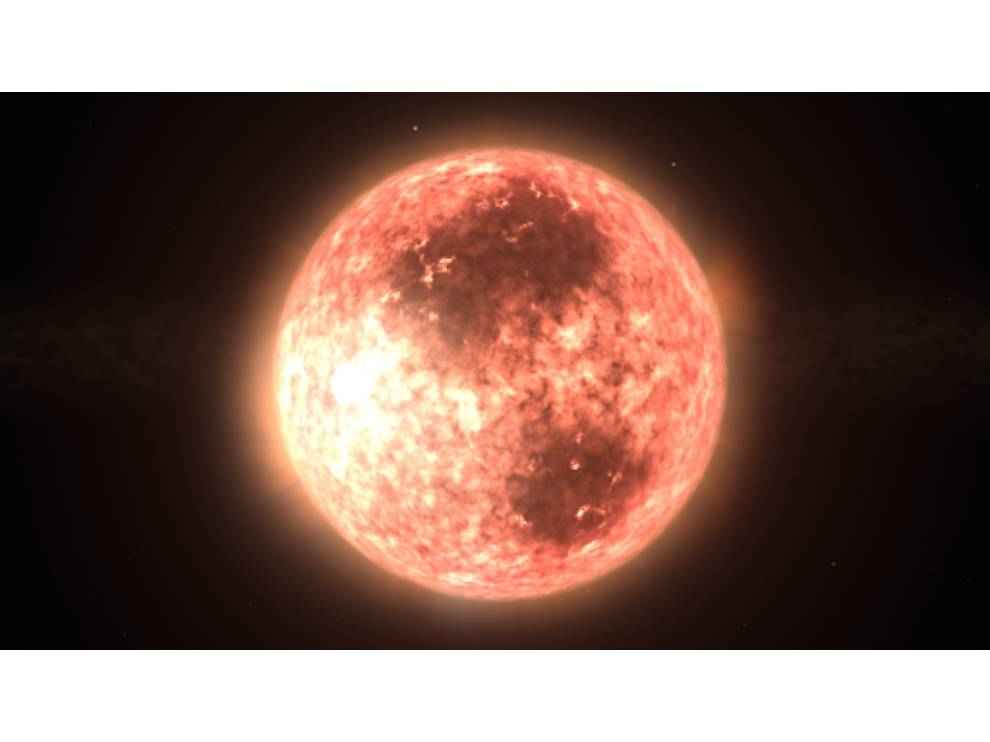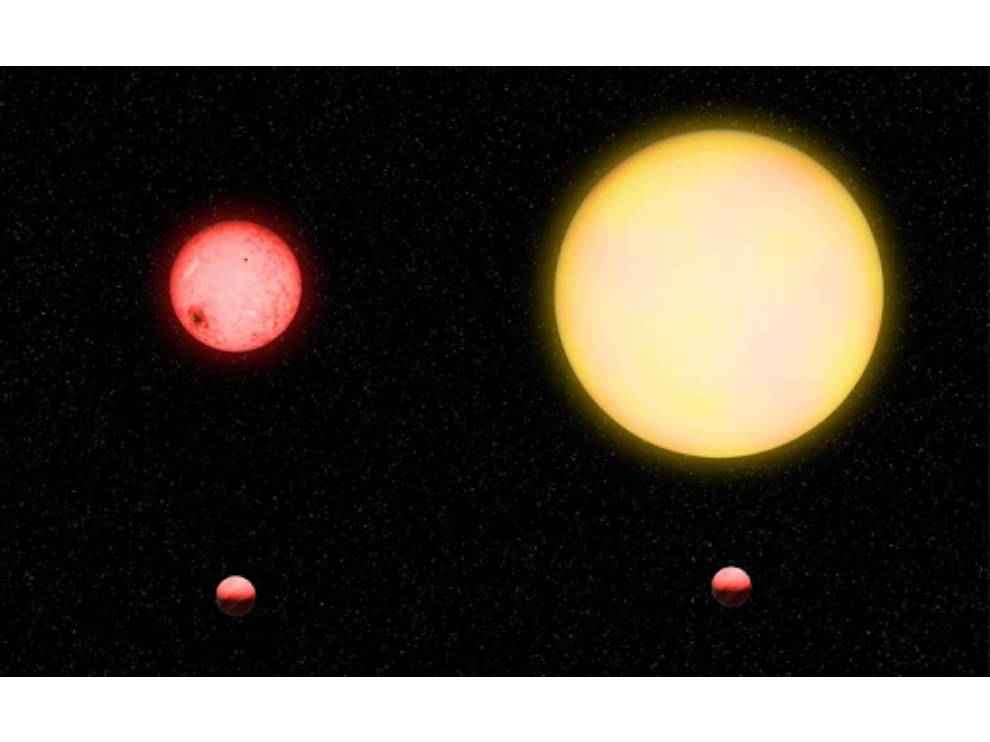
James Webb Telescope has become synonymous with space exploration over the last year and a half, at least in popular news and social media. And, if by any chance you thought that it was done for the time being, then you’ll need to reconsider. The telescope that was launched in December 2021 recently sent back data, including images, which, when analysed by a team of international astrophysicists, has revealed a total of six galaxies.
If they were just regular galaxies that had been theorised to exist by researchers at any given point in time, the discovery would not have been regarded as groundbreaking. However, these galaxies that were found by the telescope were so massive that as per the current cosmological theories, they should not exist at all.
As per the data that was published by the team of researchers as a part of their research paper titled – A population of red candidate massive galaxies ~600 Myr after the Big Bang – in the journal Nature, these galaxies existed ‘at the dawn of the universe’, which equates to about 500 to 700 million years after the Big Bang. Don’t sit down and start running numbers through your calculator. It was more than 13 billion years ago, and their stellar mass is greater than 10^10 solar masses, with one galaxy possibly having a total stellar mass of ~10^11 solar masses.

Erica Nelson, who is a co-author of the research paper in focus, very aptly describes this discovery. As reported by the University of Colorado Boulder, she said, “It’s bananas… You just don’t expect the early universe to be able to organize itself that quickly. These galaxies should not have had time to form.”
These findings by researcher Nelson and her colleagues are a result of a special endeavour by the James Webb Telescope named – Cosmic Evolution Early Release Science (CEERS) Survey. As a part of this survey, the James Webb Telescope is tasked with looking deep into the universe, specifically at the Big Dipper, a region of space that was first observed in the 1990s by the legendary Hubble Space Telescope. The telescope uses the onboard Near Infrared Camera (NIRCam) for imaging.
In her quotes published by the university in their release, Nelson even compared the James Webb Telescope to the Hubble Space Telescope. While the rate of discoveries made using the JWST is similar to that of the Hubble, which was foreseen by researchers worldwide, as per Nelson, it is still surprising to see such massive breakthroughs becoming a reality.
While there’s still a long way to go for the researchers, the importance of this preliminary data and the images revealed by the telescope has the potential to completely change the way we study and know the world of astronomy.
The research paper can be accessed here.

It seems like in the world of space science and technology, there’s a trend going on where everyone’s trying to challenge pre-existing theories. A team of researchers led by Shubham Kanodia from the Carnegie Institution for Science has discovered a planetary system consisting of a giant gas planet that is orbiting a small star dubbed TOI-5205, with the planet being named TOI-5205b.
The star that is being orbited by the newly found planet is categorised as an M dwarf. These stars are known to have a red colour because of their smaller size as compared to the Sun and the fact that they are also about half as hot as the Sun.
The most surprising fact about this discovery, as pointed out by Kanodia in his statement published by carnegiescience.edu, is that the star, which is about four times bigger than Jupiter, our very own gas giant, was able to produce a planet that is as big as Jupiter. He said, ““The host star, TOI-5205, is just about four times the size of Jupiter, yet it has somehow managed to form a Jupiter-sized planet, which is quite surprising!”

Kanodia and his team of researchers observed three transits of the planet system using the Astrophysical Research Consortium (ARC) Telescope Imaging Camera at the ARC 3.5 m Telescope at Apache Point Observatory (APO). These transits spanned over a four-month period, on April 22, July 3, and July 16 last year. The team then investigated the data gathered in their readings and established their theories.
As per the information published in the research paper – TOI-5205b: A Short-period Jovian Planet Transiting a Mid-M Dwarf, when the planet crosses its parent star, it blocks about seven per cent of its light. This is one of the ‘largest known exoplanet transits’.
Using this information and the exploratory capabilities of the James Webb Telescope, the researchers could further investigate planet formation processes. According to the current theories, the formation of this planet around such a small star was very unlikely. However, the discovery of this planet opens up avenues for research that could not have been thought fo earlier.
You can read the research paper here.










